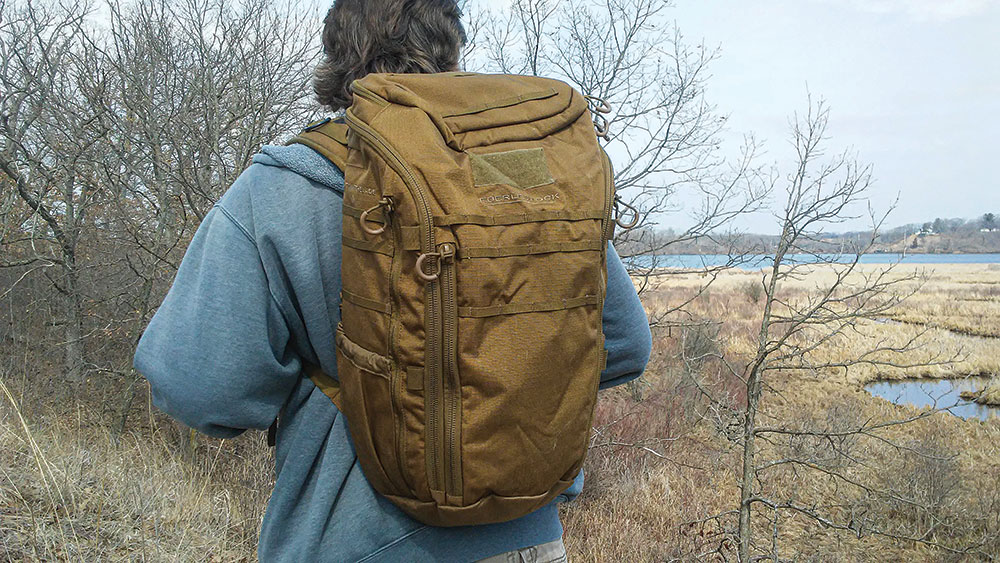HERE ARE MUST-HAVE PREPAREDNESS ITEMS HE KEEPS CLOSE AT HAND.
I’ll admit that this article sort of threw me for a loop at first.
American Outdoor Guide Editor Mike McCourt is one of my most favorite people in the survival/ prepper community. (relax—this isn’t brown-nosing; I already have the job). I’d do just about anything for him short of hiding a body. I draw the line there, because otherwise, my wife will read this and then won’t let us hang out together at SHOT Show anymore.
“[Craig Caudill] goes into great detail about how to find food and water and meet all your basic needs if you find yourself out in the field longer than expected.”
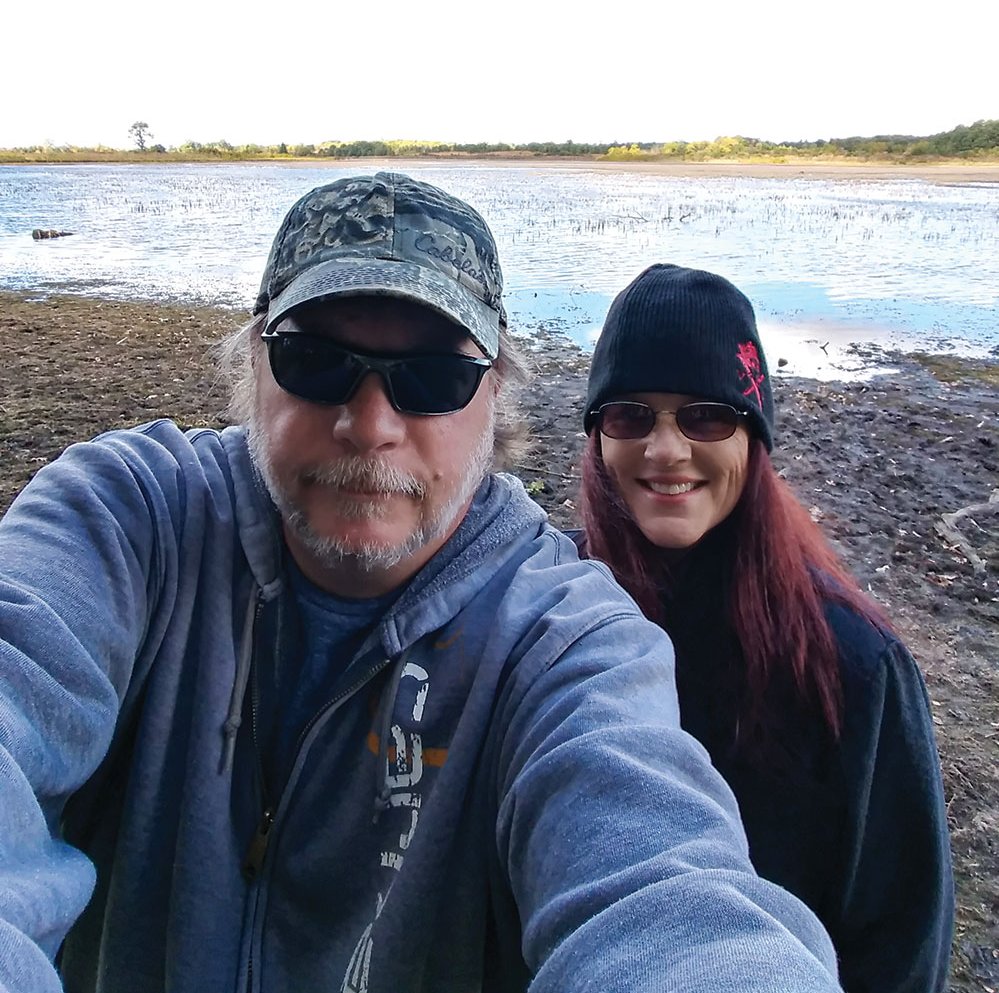
When he asked me to do an article about my top 25, I agreed to the assignment with no hesitation whatsoever. Later though, I had to ask, “My top 25 what?”
This was left open to interpretation. The idea was simply to share the things in the Preparedness Checklist that I felt readers should be aware of or look into for themselves. From there, the struggle became attempting to narrow down the list to just 25.
Here goes.
EDUCATION
It should come as little surprise that I’d start this off with learning resources. As they say, “Knowledge weighs nothing.” The best survival tool in your toolbox is your mind, and anything you can to do improve your knowledge base and skill sets will benefit you.
“As they say, ‘Knowledge weighs nothing.’ The best survival tool in your toolbox is your mind, and anything you can to do improve your knowledge base and skill sets will benefit you.”
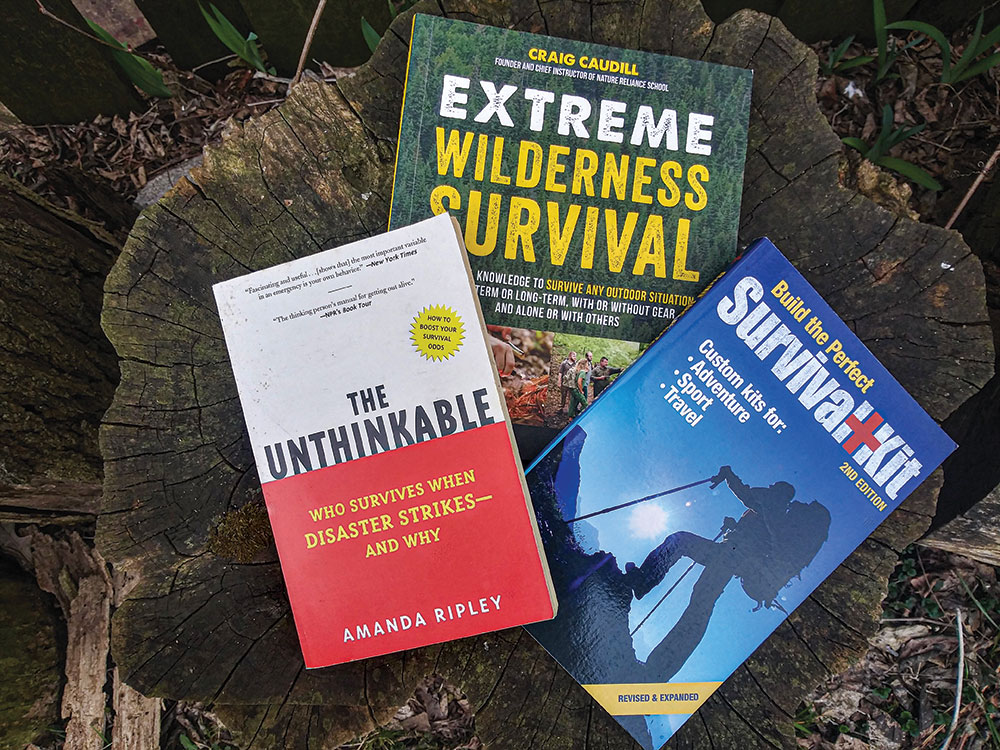
The Unthinkable by Amanda Ripley
This book should be required reading for everyone. While it’s about 12 years old now, the lessons found within are just as relevant today. Ripley examines several major disasters in history, including 9/11, and discusses how people reacted under stress and pressure. She then reaches out to scientists and researchers to learn how our minds are wired to act in certain ways in a crisis and how we can use that knowledge to improve our reactions. (Amazon.com)
Build the Perfect Survival Kit by John McCann
John McCann is a highly regarded authority on survival. In this book, he shows readers how to put together a wide range of kits—from pocket-sized to full-on backpacks. At each level, he illustrates how he packs his gear, using some pretty innovative ideas throughout. This is an excellent resource for those at all levels of preparedness planning. (Amazon.com)
Extreme Wilderness Survival by Craig Caudill
Craig Caudill has spent the better part of the last 40 years honing and teaching wilderness survival skills, including completing two separate, 30-day sabbaticals in the wild with only a knife. He goes into great detail about how to find food and water and meet all your basic needs if you find yourself out in the field longer than expected. What I really like is that he doesn’t just focus on primitive skills. While those are discussed, he gives equal time to modern tools and implements. (Amazon.com)
Panteao Productions
Video learning is a great tool and can often be easier to understand than just reading a book. However, at last count, there are roughly “a bazillion” different channels on YouTube that are devoted to prepping, preparedness and survival, and it can be difficult to ascertain which ones are decent and which are just in it for the views. However, Panteao Productions has hundreds of videos available through its streaming service that feature recognized authorities on firearms, self-defense, survival and more. (Full disclosure: I’m in a few of the videos.) (Panteao.com)
SKILLS
While I could rehash the same, old stuff, such as foraging wild edibles and shelter-building, I instead want to focus on three skill sets I feel are critically important but that are often overlooked in favor of the “sexier” stuff. Yet, these three areas of knowledge will undoubtedly be more useful to the average person than knowing 87 different ways to light a fire.
“When we talk about survival and preparedness, we’re not always focused on end-of-the-world scenarios or how to stay alive after a plane crash … Getting your financial house in order should be a top priority.”


Financial Planning
When we talk about survival and preparedness, we’re not always focused on end-of-the-world scenarios or how to stay alive after a plane crash. If you had an unexpected expense of $1,000, could you swing it? How about $500 or even $100? Getting your financial house in order should be a top priority. There are numerous free resources out there for learning these skills. Even so, what it often boils down to is cutting spending where possible while sometimes taking on side gigs to bring in some extra cash. It isn’t easy, but it can be done.
Interpersonal Communication
The vast majority of disagreements we have with other people stems from miscommunication. There’s a variety of things that come into play, from nonverbal cues to tone and inflection, as well as understanding how you come across to others. Learning how to get your point across without ruffling feathers while also truly listening to the other person will benefit you in just about every aspect of your life, including avoiding or resolving conflicts before they spiral out of control.
Critical Thinking
Making informed decisions requires accurate information. “Garbage in” means “garbage out,” as any computer programmer will tell you. Rather than reacting based on emotion and letting confirmation bias run riot, apply objective analysis to new information to determine whether you feel it can be trusted and thus acted upon.
EVERYDAY CARRY (EDC)
Gear and equipment can only be beneficial if you can get to it when you need it. There’s an entire cottage industry revolving around the “EDC” concept, with everything from custom coins to any number of gadgets and gizmos. Posts on social media would have you believe some people are allegedly carrying so much stuff that they’d need both a belt and suspenders to hold up their pants! I, on the other hand, prefer to keep it reasonably simple.
“Making informed decisions requires accurate information … Rather than reacting based on emotion and letting confirmation bias run riot, apply objective analysis to new information to determine whether you feel it can be trusted and thus acted upon.”
Knife
I own far more knives than any adult would ever really need, but I do have favorites. I never leave the house without at least one knife in my pocket. Currently, it’s been a custom Covert Field Scalpel from Dan Tope (Facebook.com/DTopeKnives). Another one that gets a lot of pocket time is a Swiss Army Tinker from Victorinox (Victorinox.com).
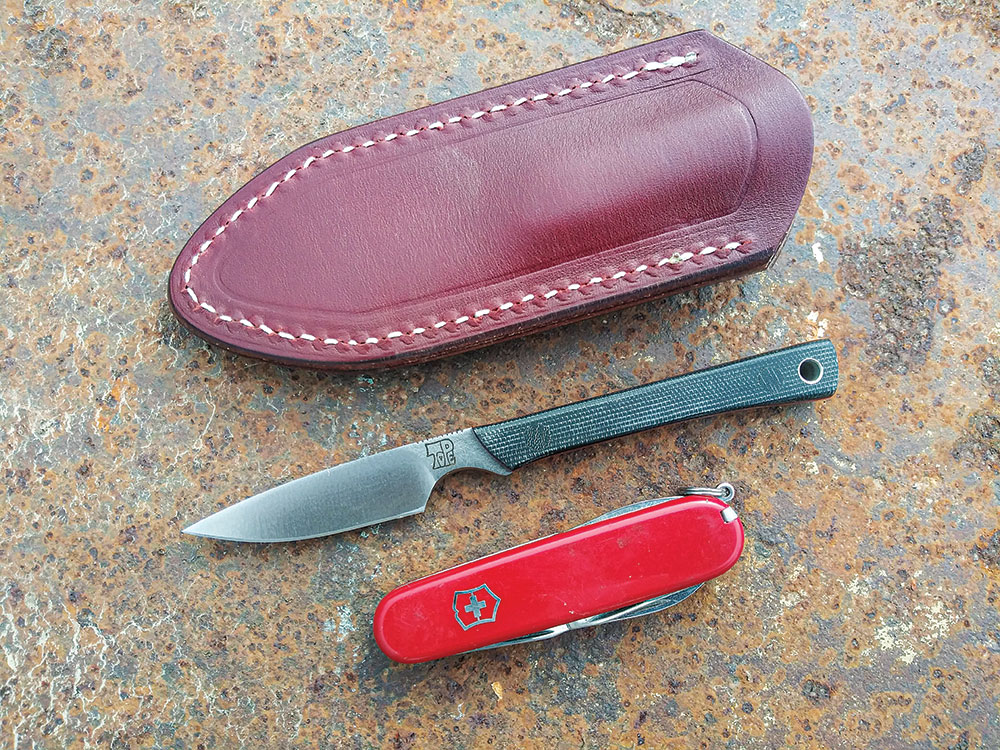
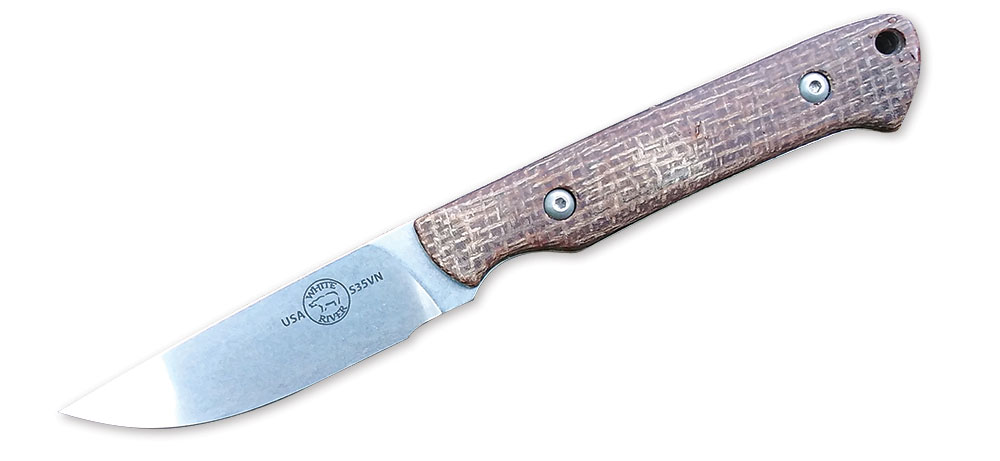
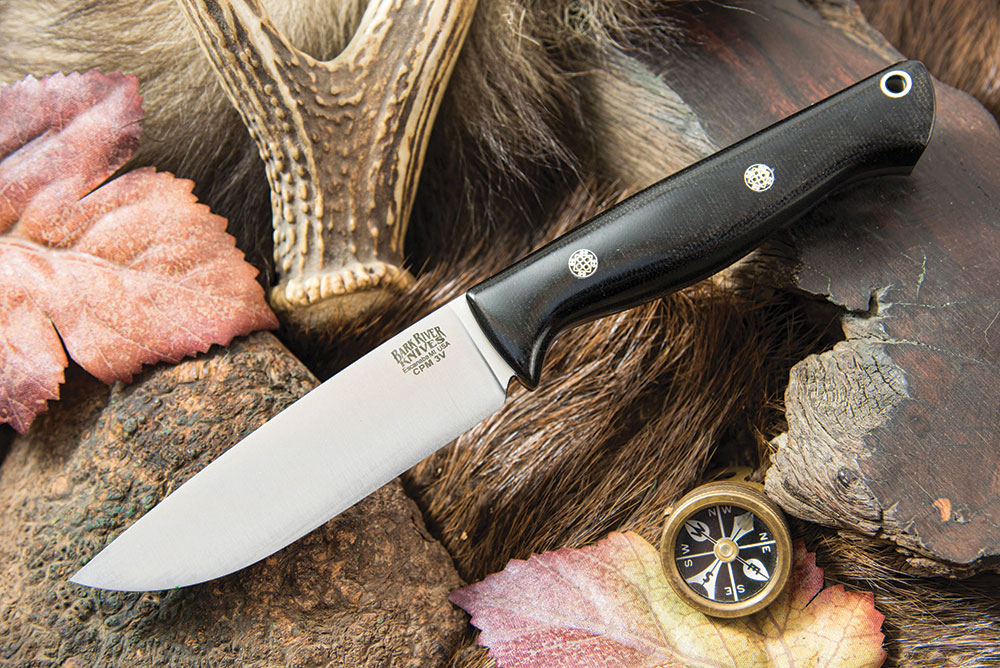
Flashlight
For years, I didn’t understand why anyone would want to carry a pocket flashlight every day. Then, I gave it a shot … and I was hooked. I use it all the time, whether I’m navigating a dark hallway in an apartment building or searching for one of the dog’s toys under the couch. My current carry is the Streamlight Wedge (Streamlight.com).
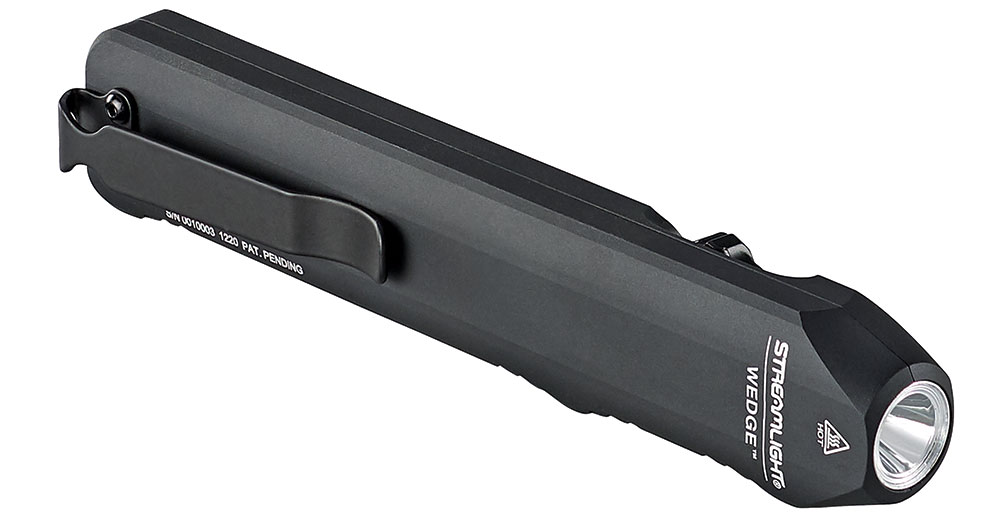
Lighter
I quit smoking ages ago, but I still carry a lighter when I’m out and about. The ability to get a fire going quickly could be vital in some situations. Plus, you never know whom you might run into who needs a quick light for their smoke. I carry a titanLIGHT from Exotac, which is like a Zippo “on steroids” (Exotac.com).
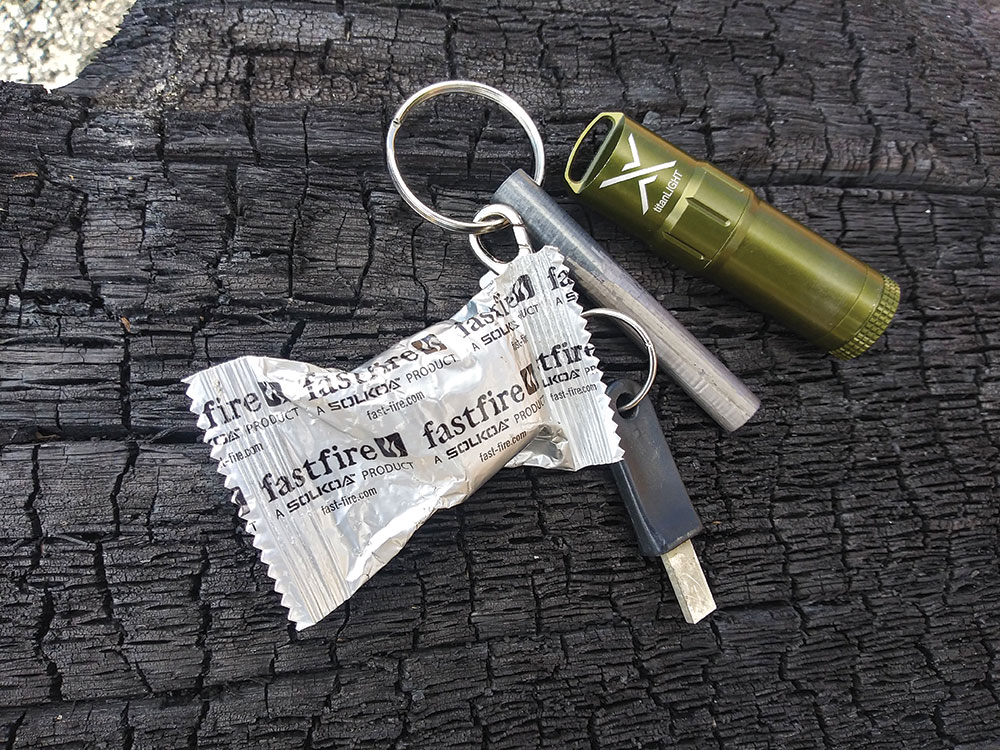
Cell Phone
Anyone who says a cell phone isn’t a survival tool isn’t playing with a full deck. Provided you have a signal, not only can you use it to call for help in an emergency, you can also book a room at a motel if you’re bugging out; monitor news and weather reports; stay in touch with family and friends; and even order a hot meal to go.
Money
I know, I know—in a long-term collapse, money will be worthless. We aren’t there yet, and cash is worth something right up until it isn’t. Strive to have enough on hand to, at a minimum, afford you a night or two in a clean motel, a few meals on the road, a couple of gas fill-ups and an extra 10 percent on top of that for incidentals. A good credit card is also a wise idea. Use it wherever you can and save the cash for places that won’t take plastic.
4. OFF-BODY EDC
The next level of everyday carry consists of items I keep nearby—but not necessarily on my person—while I’m going about my day and especially when I’m headed out on the trail.
“Gear and equipment can only be beneficial if you can get to it when you need it.”
EDC Bag
I’ve used a few different bags or packs over the years. The idea is just to contain the gear and have it be comfortable to carry. If I’m just headed out for the afternoon on a quick hike, I use the Haversack from The Hidden Woodsmen. For longer treks, I’ve been quite happy with the Switchblade from Eberlestock (TheHiddenWoodsmen.com; Eberlestock.com).
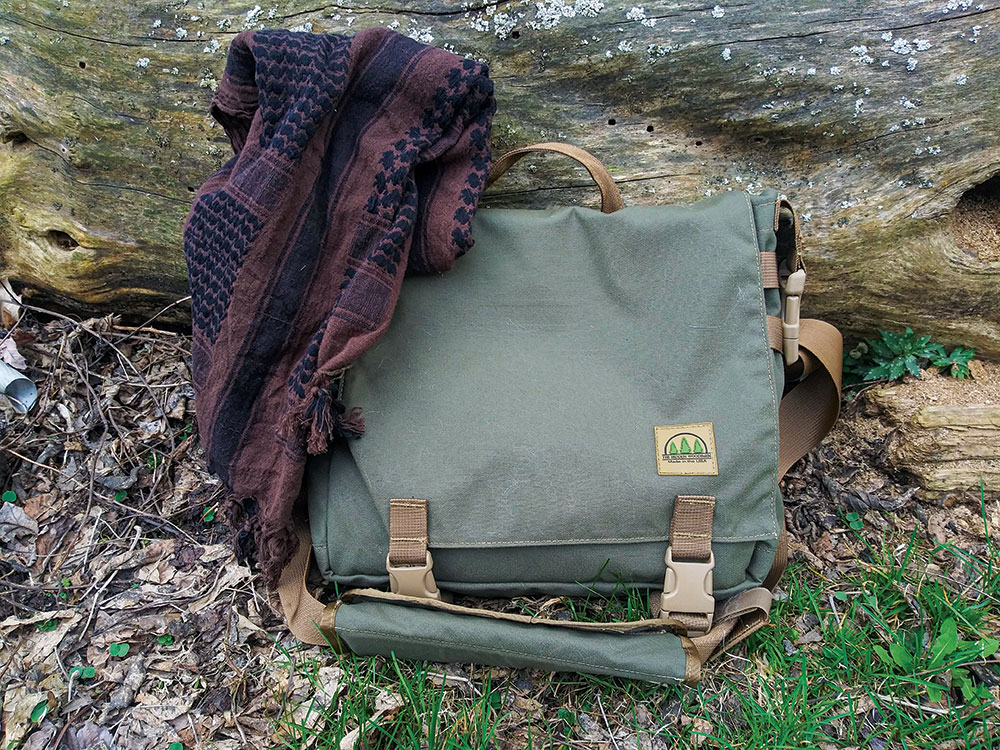
Fixed-Blade Knife
I believe a good-quality fixed-blade knife should be part of every kit. Unless I’m testing a new blade for review, I usually have either a Fox River EXT-1 from Bark River Knives or a Small Game from White River Knife & Tool (BarkRiverKnives.com; WhiteRiverKnives.com; and DLTTrading.com to purchase either knife).
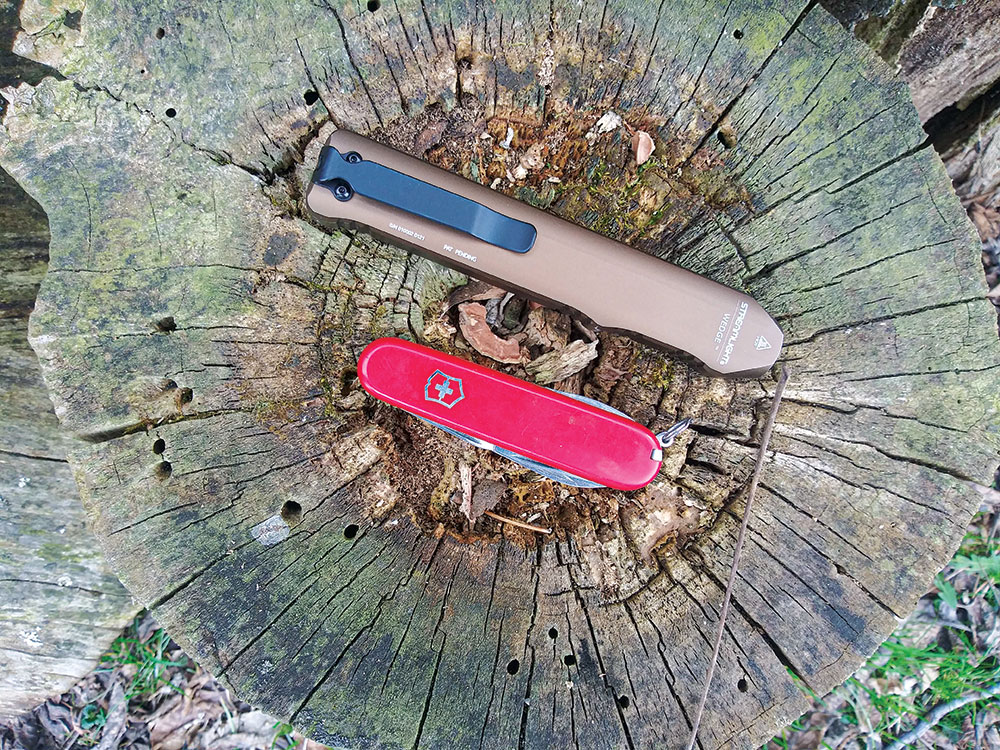
Cordage
You can weave cordage from plant fibers or other materials, but carrying a hank of paracord or something similar is so much easier.
First Aid Kit
It’s easy to go overboard with this, because some folks toss suture kits and the like into their first aid kits. Take a Stop the Bleed course (StoptheBleed.org), pack what you’ll need to handle that, and then add in items for bumps, bruises and stomach issues.
Water Bottle and Filter
Yes, I’m combining these two items here. After all, this is my list, and I’ll do what I want! Hydration is essential to survival, and you can get bad water anywhere. Unless you’re absolutely certain the water source is clean, run it through a filter. The Sawyer Mini will attach to a standard water bottle, if needed (Sawyer.com).
Ball Cap
Not only does this hat help reduce glare from the sun and shield your head and face from rainy weather, it can also change your appearance in an instant—just enough to hopefully slip past someone looking for you.
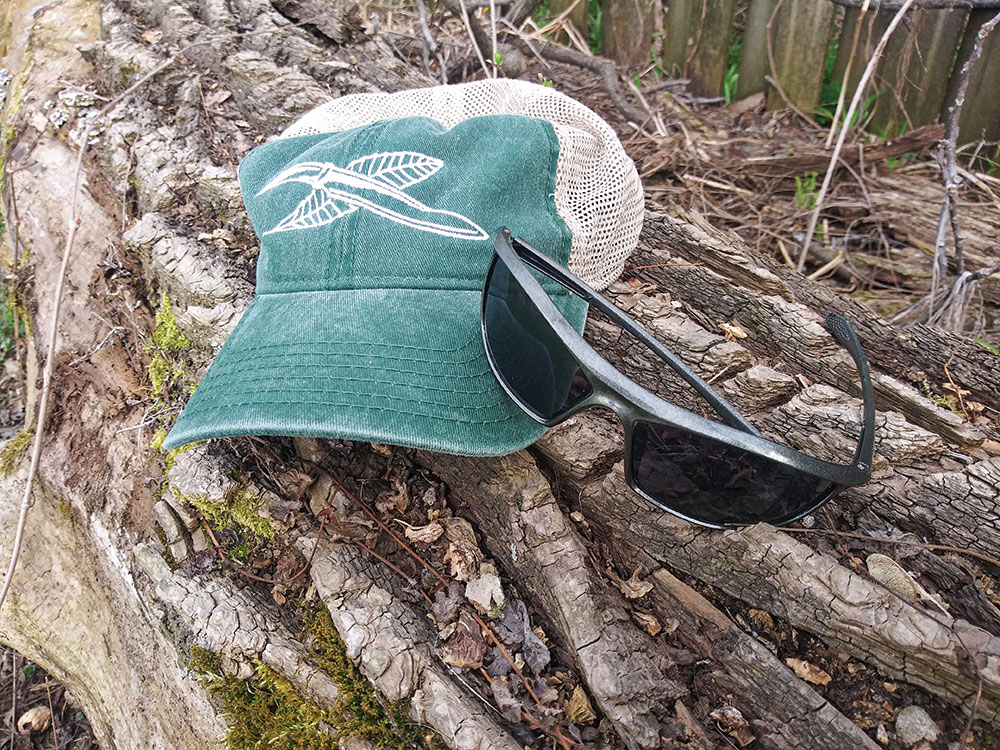
Fire Kit
In case something happens to my regular lighter, I like to have a small kit in my EDC bag that includes extra fire-starting supplies. These include a BIC lighter, a ferrocerium rod and striker, and some tinder.
Tick Key
Where I live, the ticks are out by early spring and stick around until late fall. More than once, I’ve come back from a hike and seemingly spent as much time removing ticks as I’d spent walking on the trail (TickKey.com).
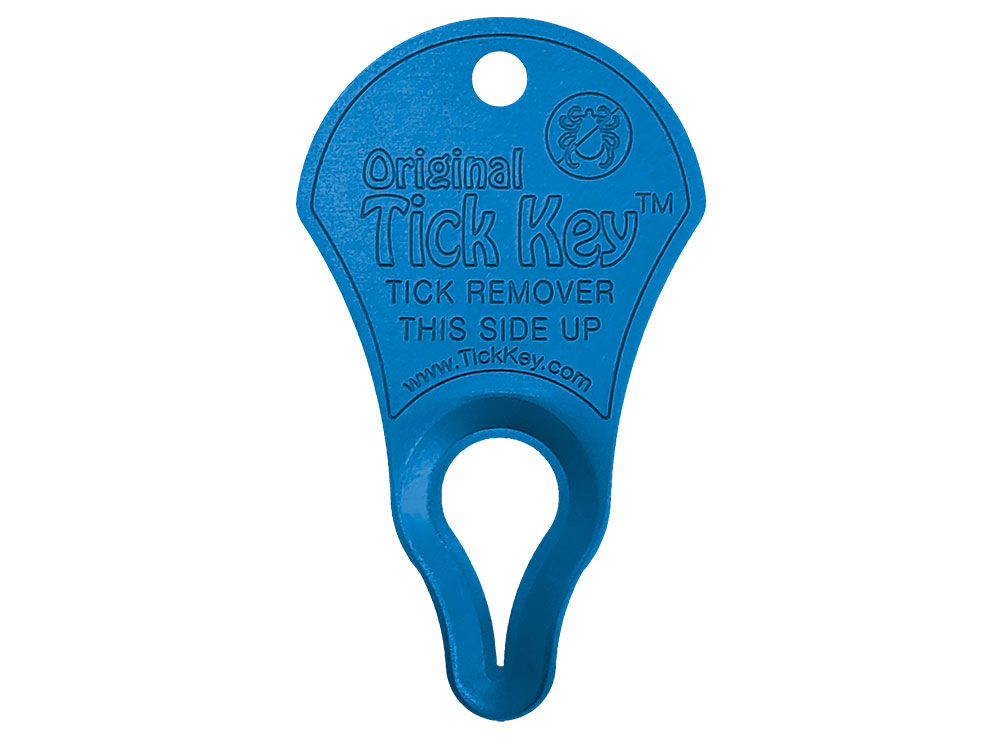
Shemagh
While I often have a small handkerchief in my pocket for mopping perspiration, the shemagh has many other uses—from warmth in the winter to soaking it with water to cool down in the summer (Rothco.com).
Multi-tool
I want something that’ll allow me to use a few sockets in addition to the ubiquitous pliers. Because this adds considerable weight, I keep it in my EDC bag rather than on my belt. My preference is the Swiss Tool X Plus Ratchet (Victorinox.com).
Notepad and Pen
I don’t usually keep a notepad in my pocket, simply because with my wallet, keys and other daily items, I’m already pushing the confines of comfort. Even so, I always have a Rite in the Rain notepad and a Space Pen or something similar in my pack so I can jot down a note if needed (RiteintheRain.com; SpacePen.com).
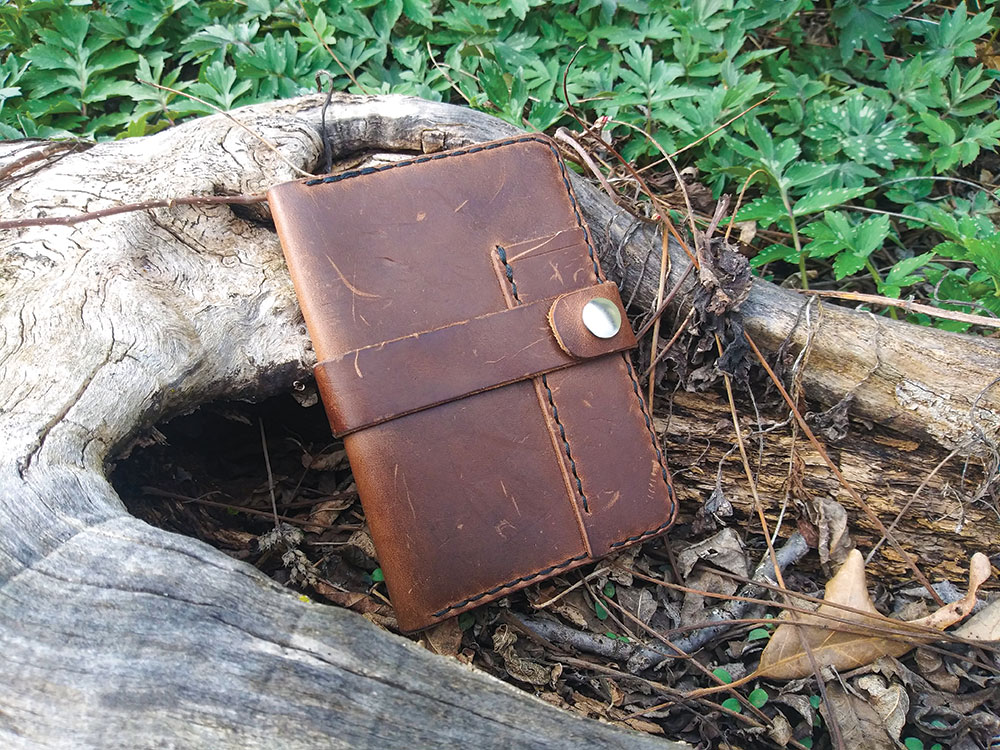
Sunglasses
I include a spare pair of sunglasses as a backup to the ones that are usually on my face when I’m hiking. If my primary sunglasses get broken or lost, I’ll appreciate my own forethought at packing these. And, because they’re just a backup pair, I bought them at a dollar store.
Emergency Whistle
This item sort of crosses over between on-body and off-body carry. I keep it in my bag for storage, but when I get to the trailhead, I try to remember to pull it out and put it in my pocket. That way, if I’m separated from my bag, I’ll still have it with me. The sound from a whistle carries much farther than shouting; plus, it won’t tax your throat (Fox40World.com).
TWO VALUABLE WORDS
This tip is going to be worth whatever you paid to read this article. When we talk about interpersonal communication and resolving conflicts, especially with spouses, there are two words that are guaranteed to help—and they aren’t “Calm down.”
Repeat after me: “I understand.”
With those two words, you’re acknowledging their point of view, even if you don’t agree with it. You’re also saying you empathize with them and are indicating that you value what they have to say about the subject at hand.
In a disagreement, the other party is often much more willing to compromise and work together on a solution if they feel their perspective is being heard.
IN-PERSON INSTRUCTION
While face-to-face classes aren’t feasible for everyone because of location, budget or other constraints, if you have the opportunity to attend a class or two taught by one of these instructors, don’t hesitate—even for a moment.
Craig Caudill
From his school in Kentucky, Caudill’s been teaching military personnel, law enforcement, search-and-rescue and just plain, regular folks for years. He’s modest about his skills, which are stellar, and he’s good people.
NatureReliance.org
Kevin Estela
After years of teaching wilderness survival skills in the eastern United States, Estela recently accepted a position as director of training for Fieldcraft Survival in Utah. His interests range from bushcraft to firearms and more.
FieldcraftSurvival.com
Tim MacWelch
MacWelch is one of today’s most popular survival writers—and for a very good reason: He knows his stuff and is able to communicate it very well. His school, Advanced Survival Training, is located in Virginia.
AdvancedSurvivalTraining.com
Tony Nester
At his Ancient Pathways school in Arizona, Nester specializes in desert survival and bushcraft. He’s worked with individuals, as well as companies both large and small, and has even been a consultant to the film industry.
APathways.com
Christopher Nyerges
A frequent contributor to American Outdoor Guide, Nyerges also leads classes in wild edibles, primitive living and a range of similar topics in California. He knows his subject matter inside out … because he lives it every, single day.
SchoolOfSelf-Reliance.com
A version of this article first appeared in the August 2021 print issue of American Outdoor Guide.


